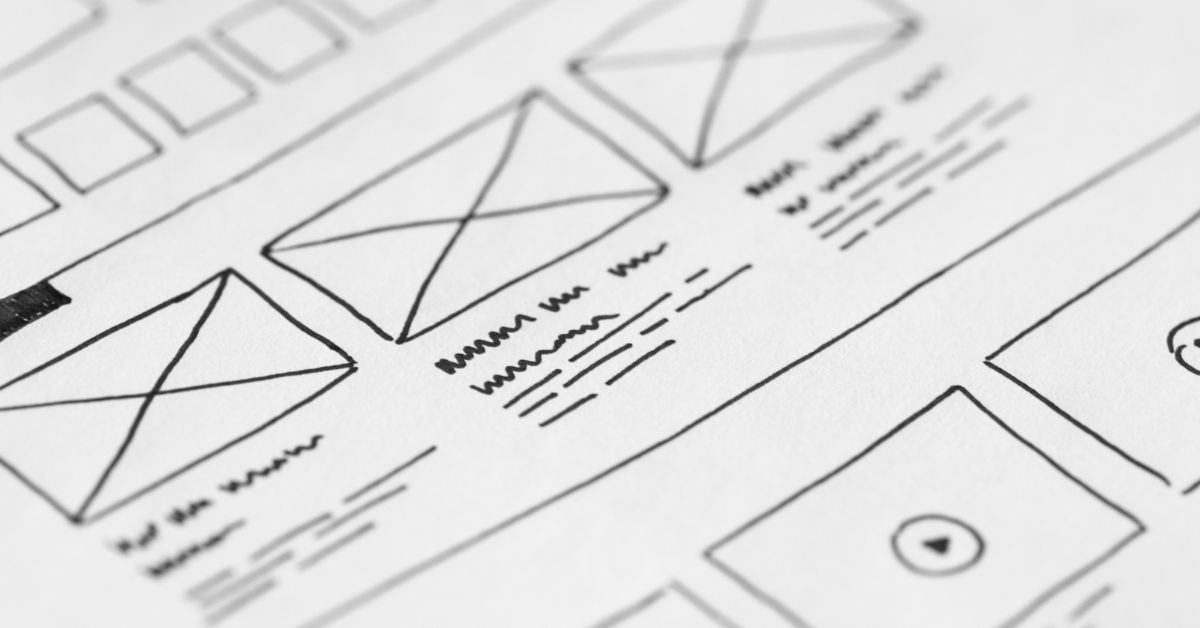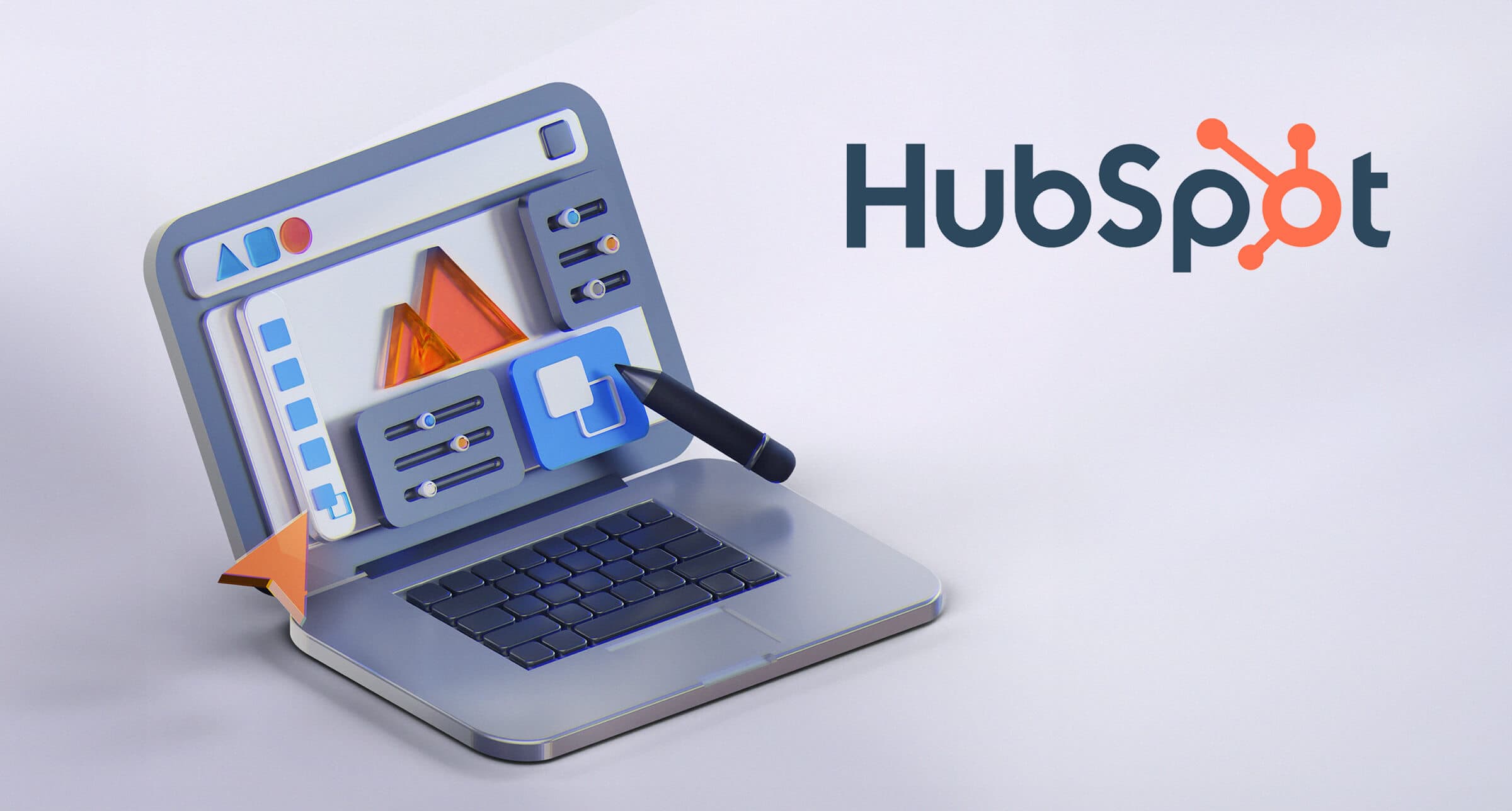
Startups today need to develop software that is not only functional but also user-friendly. Software that is easy to use can help startups gain traction and retain customers. User-centred design is a methodology that focuses on the needs of the user and how they interact with the software. In this article, we will explore the importance of user-centred design in startup software development.
Introduction
In the early stages of software development, startups often focus on building a functional product. However, a product that is functional but difficult to use may not gain traction in the market. User-centred design focuses on the user's needs and how they interact with the software. By designing software with the user in mind, startups can create products that are not only functional but also user-friendly.
Understanding User-Centered Design
User-centred design is a methodology that focuses on the user's needs and how they interact with the software. This methodology involves understanding the user's needs, preferences, and behaviours. User-centred design is not a one-time process but an iterative one that involves continuous feedback and improvement.
Benefits of User-Centred Design
There are many benefits of user-centred design in startup software development. First, user-centred design can help startups create products that are easy to use. Software that is easy to use can help startups gain traction and retain customers. Second, user-centred design can help startups save time and money. By designing software with the user in mind, startups can avoid costly redesigns and improve the product's overall quality.
Implementing User-Centred Design
Implementing user-centred design in startup software development involves several steps. The first step is to understand the user's needs and behaviors. This involves conducting user research, such as surveys and interviews, to gather information about the user. The second step is to create user personas. User personas are fictional characters that represent the target audience. The third step is to create user stories. User stories are scenarios that describe how the user will interact with the software. The fourth step is to create prototypes. Prototypes are early versions of the software that allow for testing and feedback. The fifth step is to test and iterate. This involves testing the prototypes with users and using their feedback to improve the product.
Challenges of User-Centred Design
While user-centred design can be beneficial for startup software development, there are also challenges associated with this methodology. One challenge is that it can be time-consuming and costly. Conducting user research, creating user personas and stories, and creating prototypes can all take time and resources. Another challenge is that user feedback can be subjective and difficult to interpret. It is important to consider the user's feedback in the context of the product's goals and objectives.
Best Practices for User-Centred Design
To effectively implement user-centred design in startup software development, there are several best practices that startups can follow:
1. Conduct User Research
User research is an essential part of user-centered design. It helps startups understand the user's needs, preferences, and behaviors. Startups can conduct user research through surveys, interviews, and usability testing.
2. Create User Personas
User personas are fictional characters that represent the target audience. They help startups understand the characteristics, goals, and behaviors of the target audience. User personas can be created based on user research.
3. Create User Stories
User stories are scenarios that describe how the user will interact with the software. They help startups understand the user's journey and the tasks they need to accomplish. User stories can be created based on user research and user personas.
4. Create Prototypes
Prototypes are early versions of the software that allow for testing and feedback. They help startups identify design flaws and usability issues early in the development process. Prototypes can be created based on user stories.
5. Test and Iterate
Testing and iterating are essential parts of user-centered design. It involves testing the prototypes with users and using their feedback to improve the product. Startups can use A/B testing, usability testing, and other methods to test their prototypes.
Conclusion
User-centered design is an important methodology for startups developing software. By focusing on the user's needs and behaviors, startups can create products that are easy to use and retain customers. Implementing user-centered design involves understanding the user's needs and behaviors, creating user personas and stories, creating prototypes, and testing and iterating. While there are challenges associated with user-centered design, the benefits can outweigh the costs.
Need help with development?
If you are struggling with scaling your business, Chimera Prime can help you build engaging and data-driven platforms to increase quality traffic. We will guide you through tech solutions and help you choose the ones that suit to your business best. Just go to our Contact page, fill in the form and we will get in touch with you soon!

